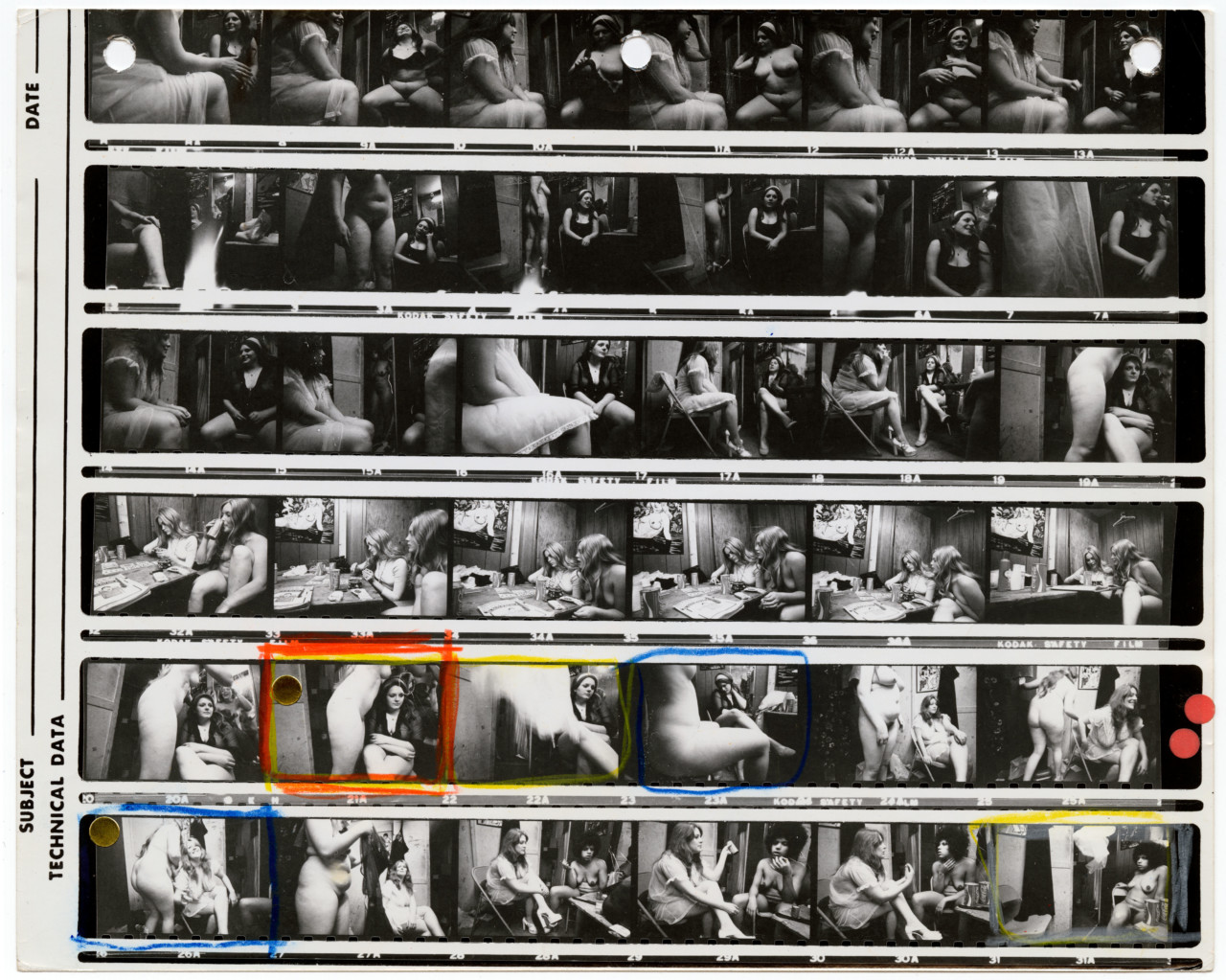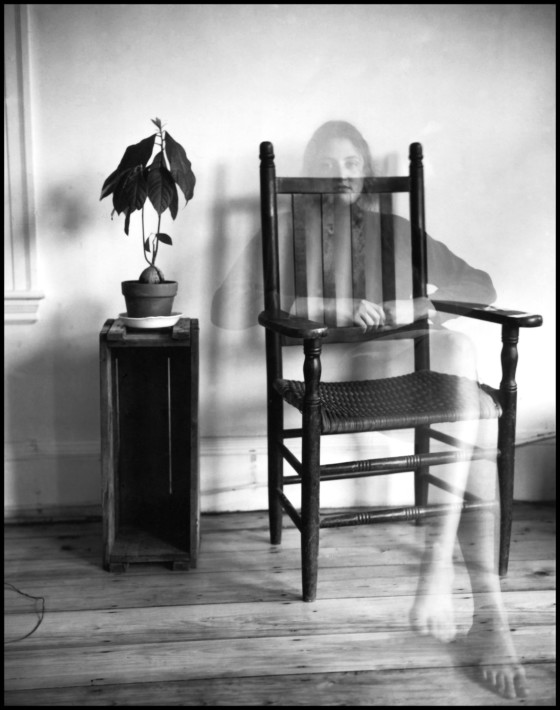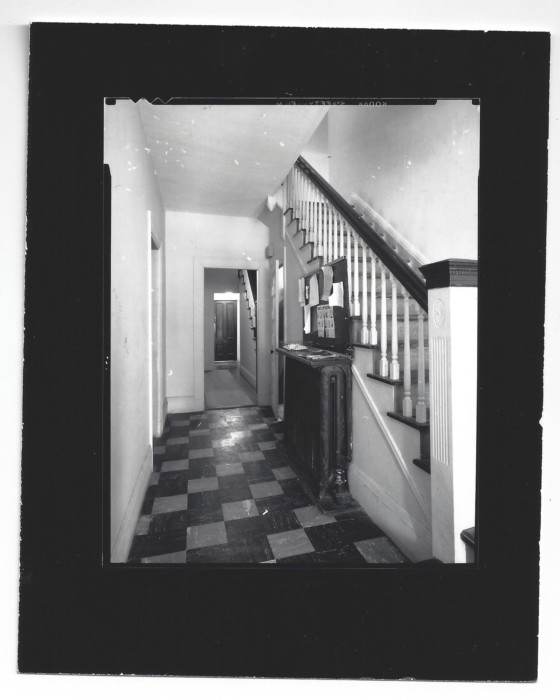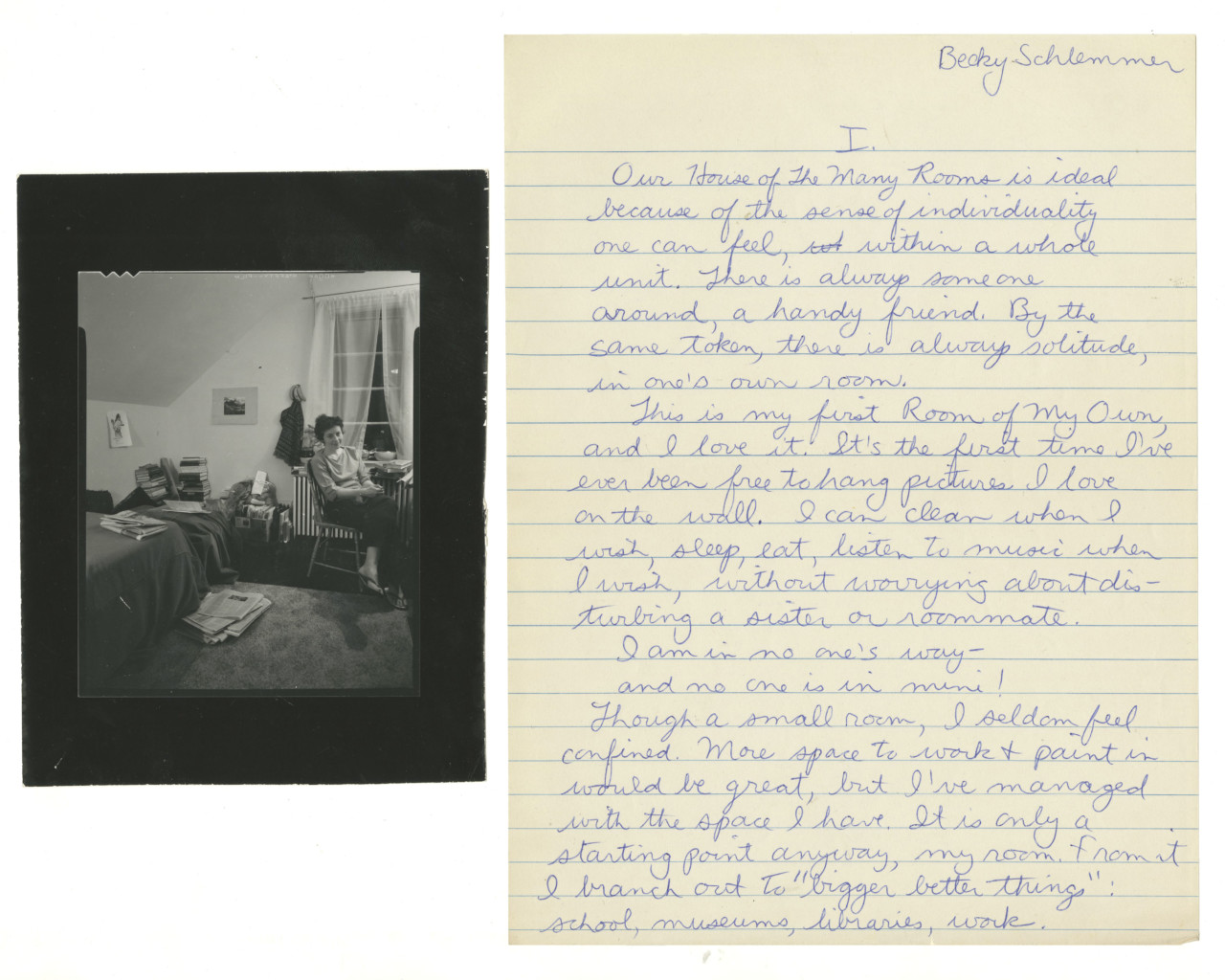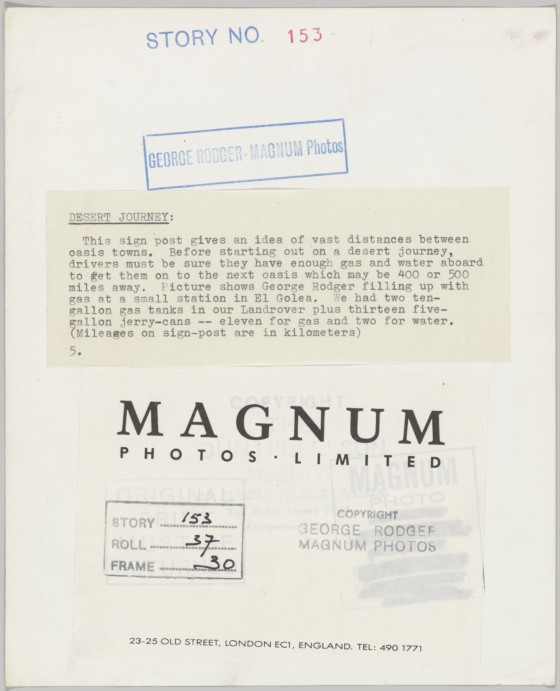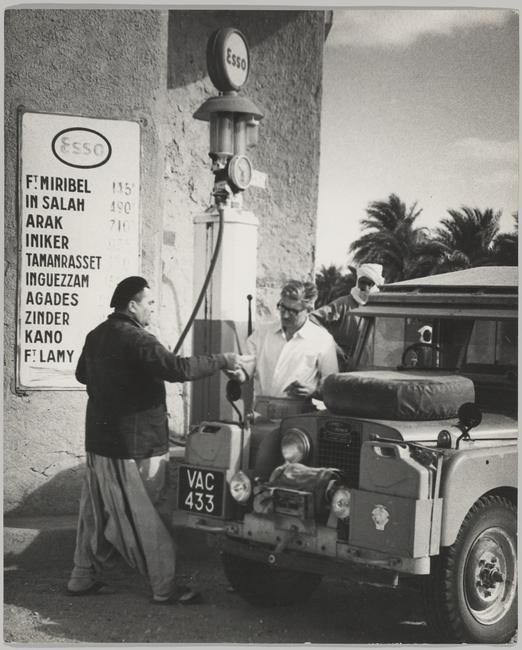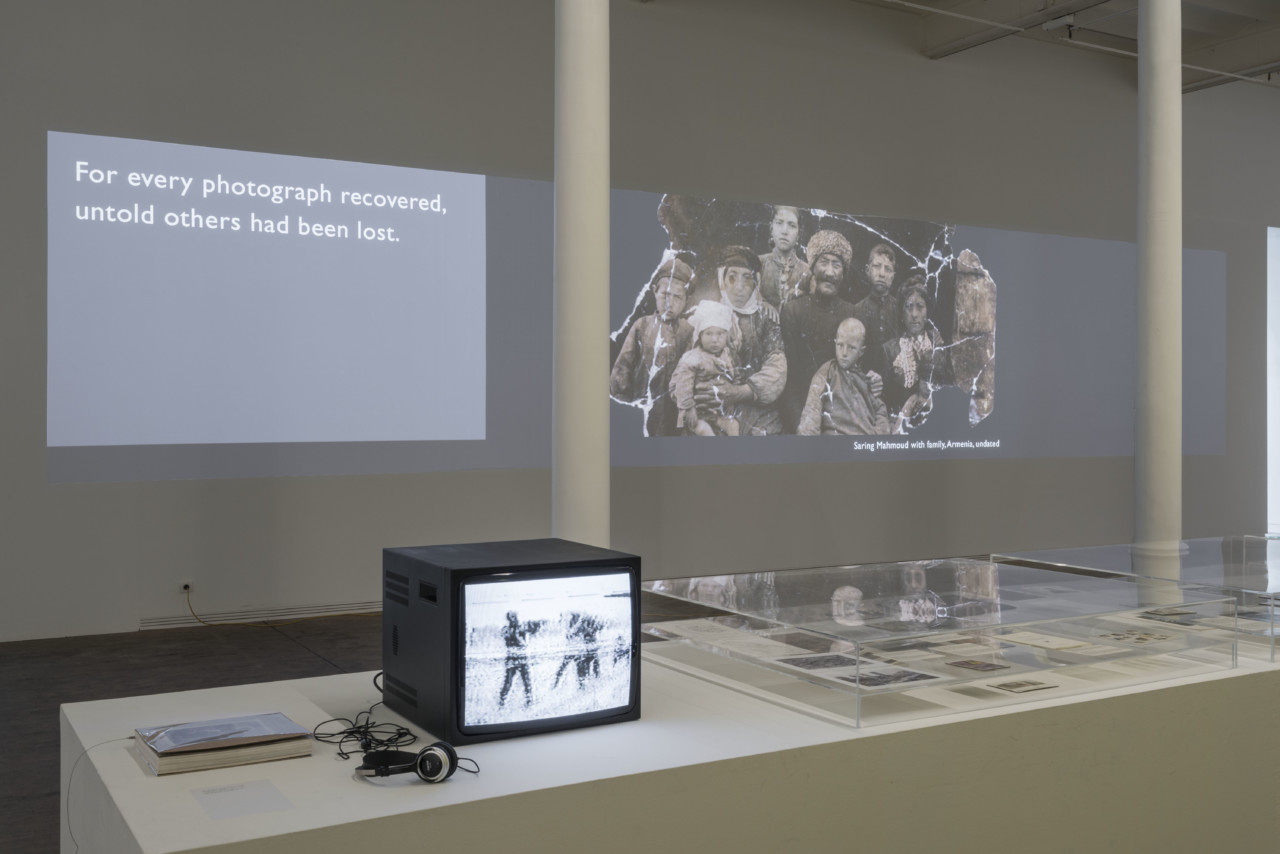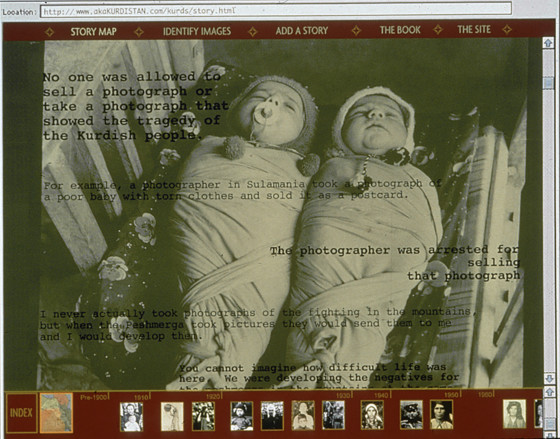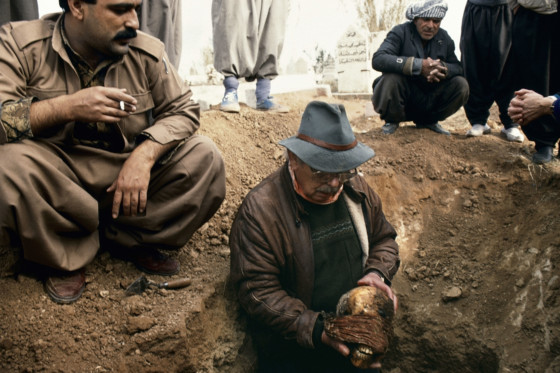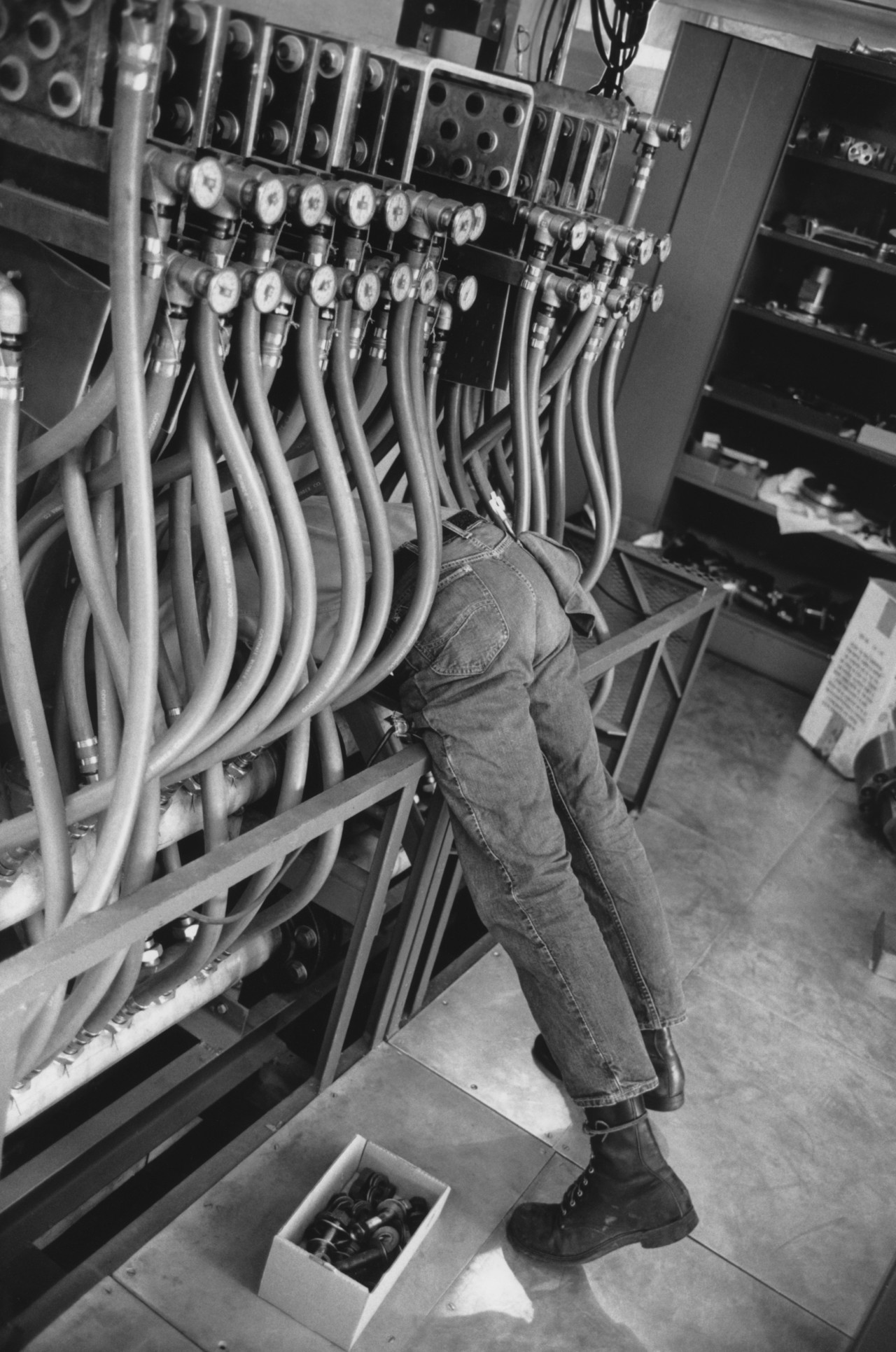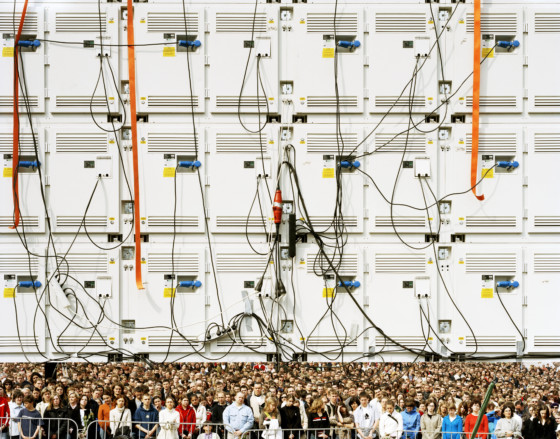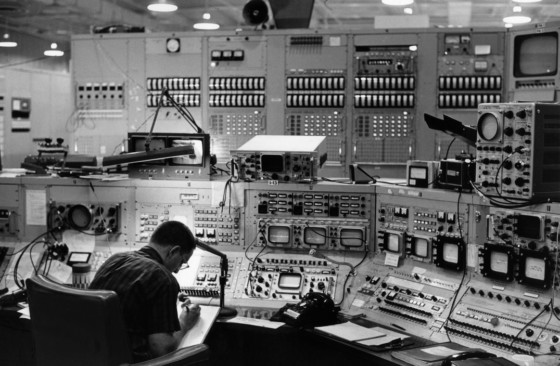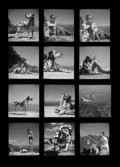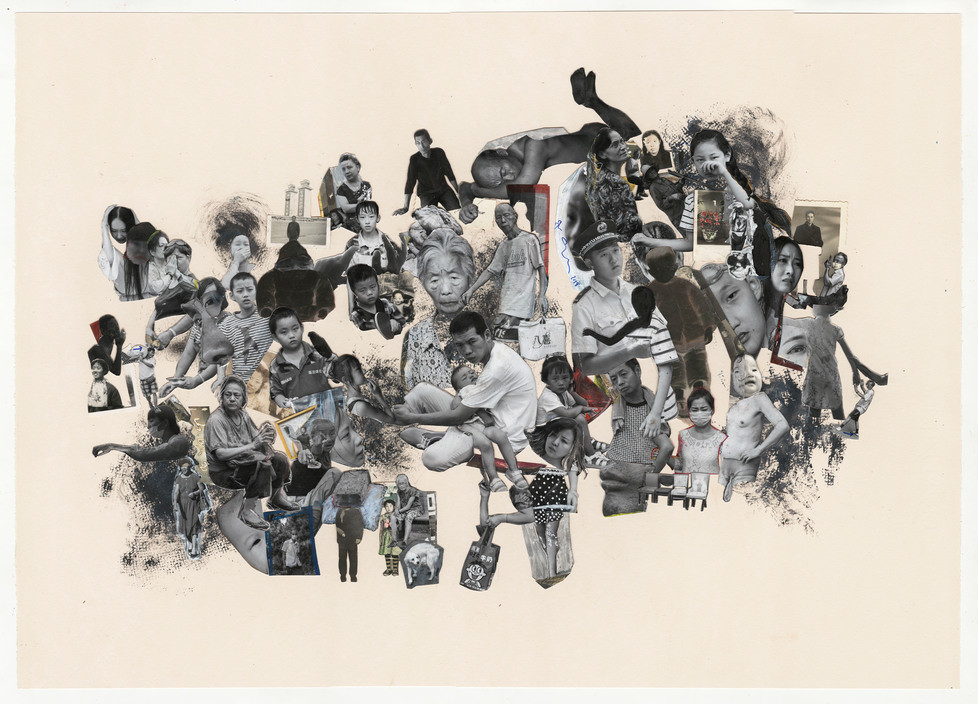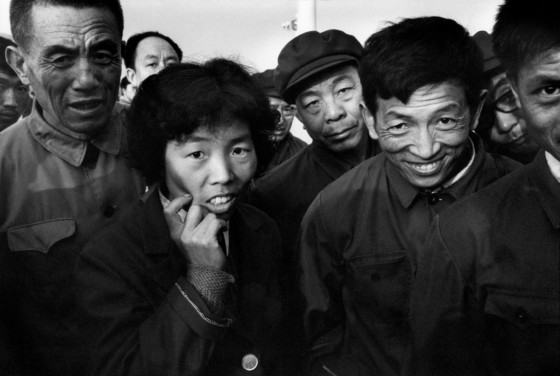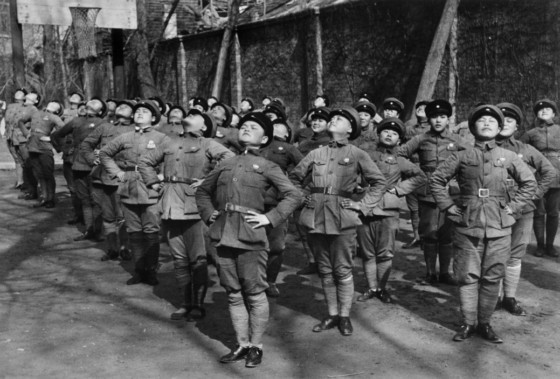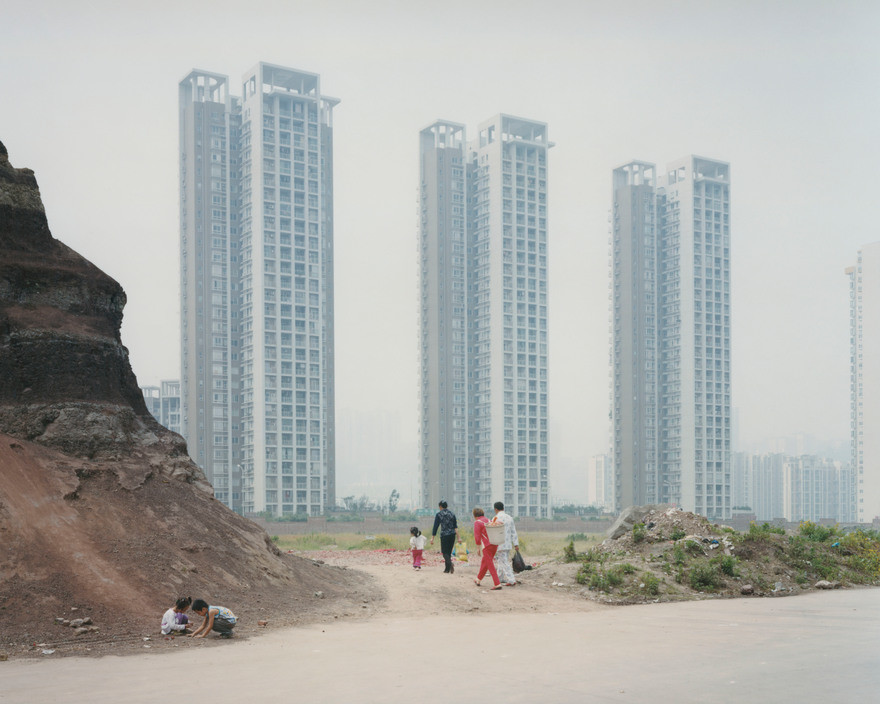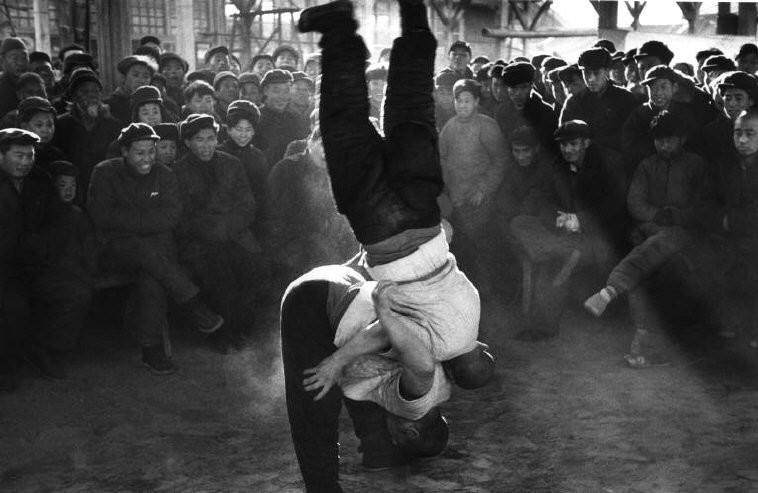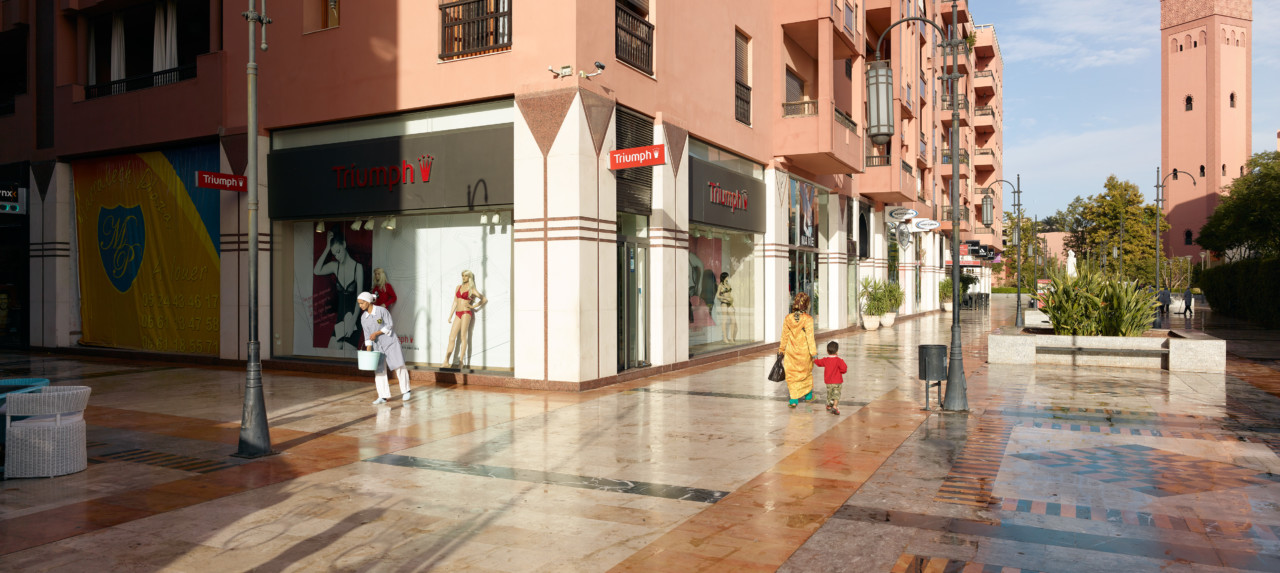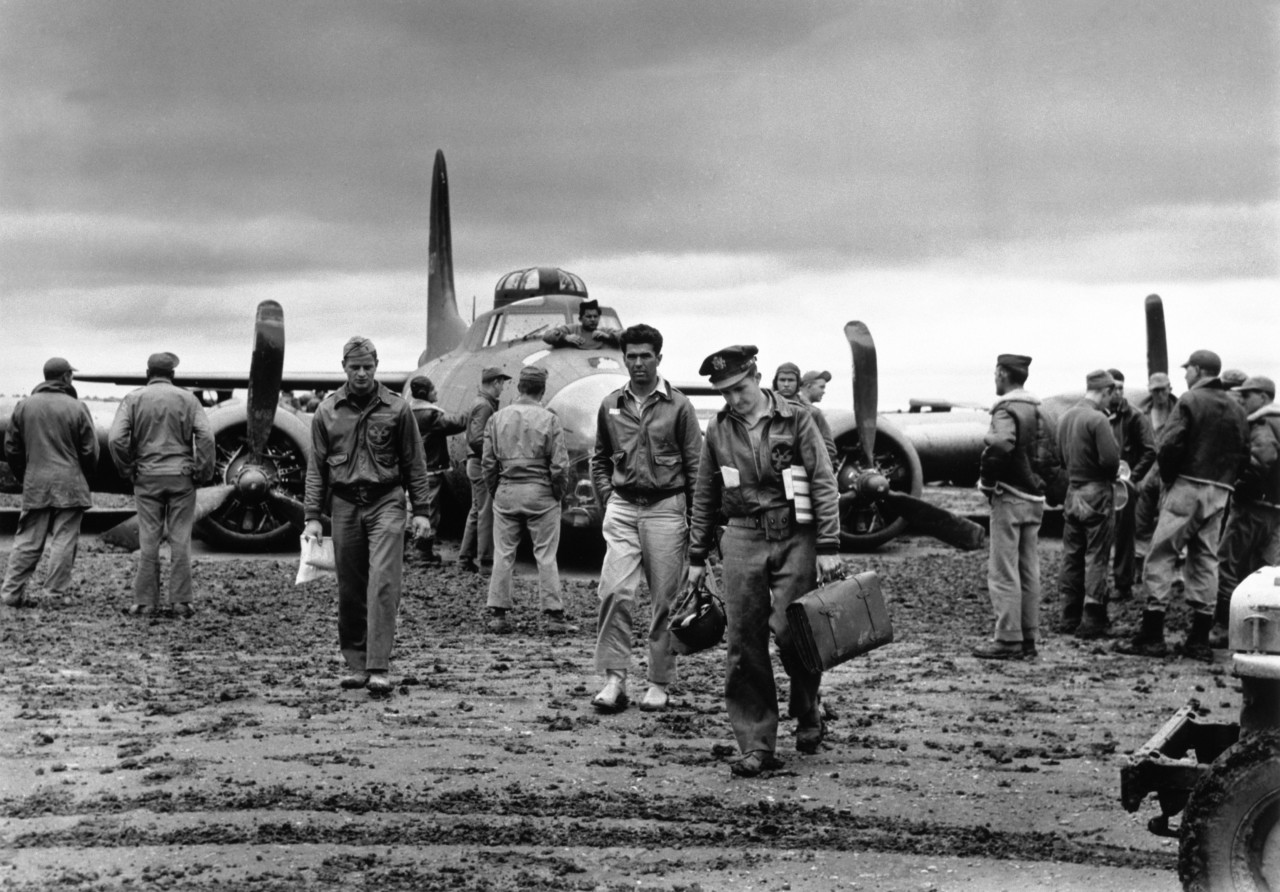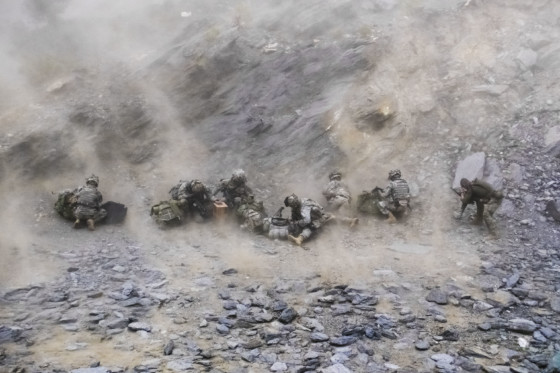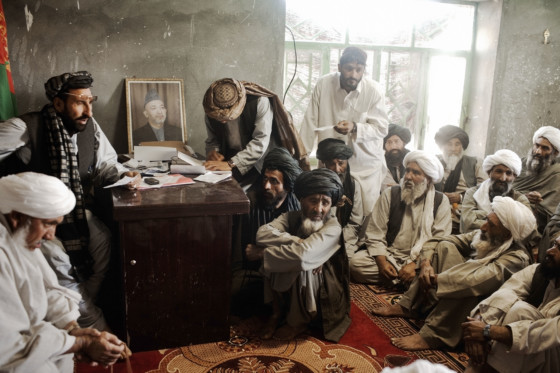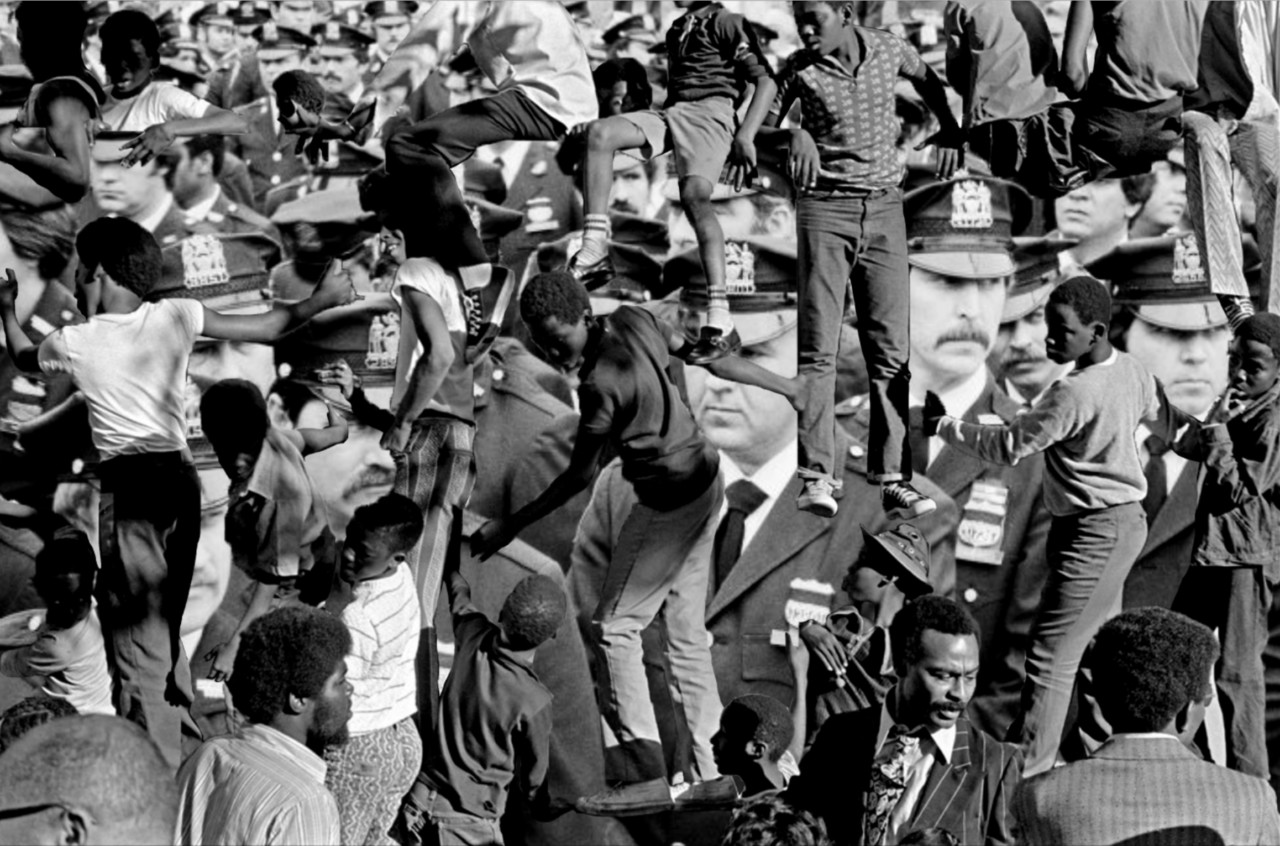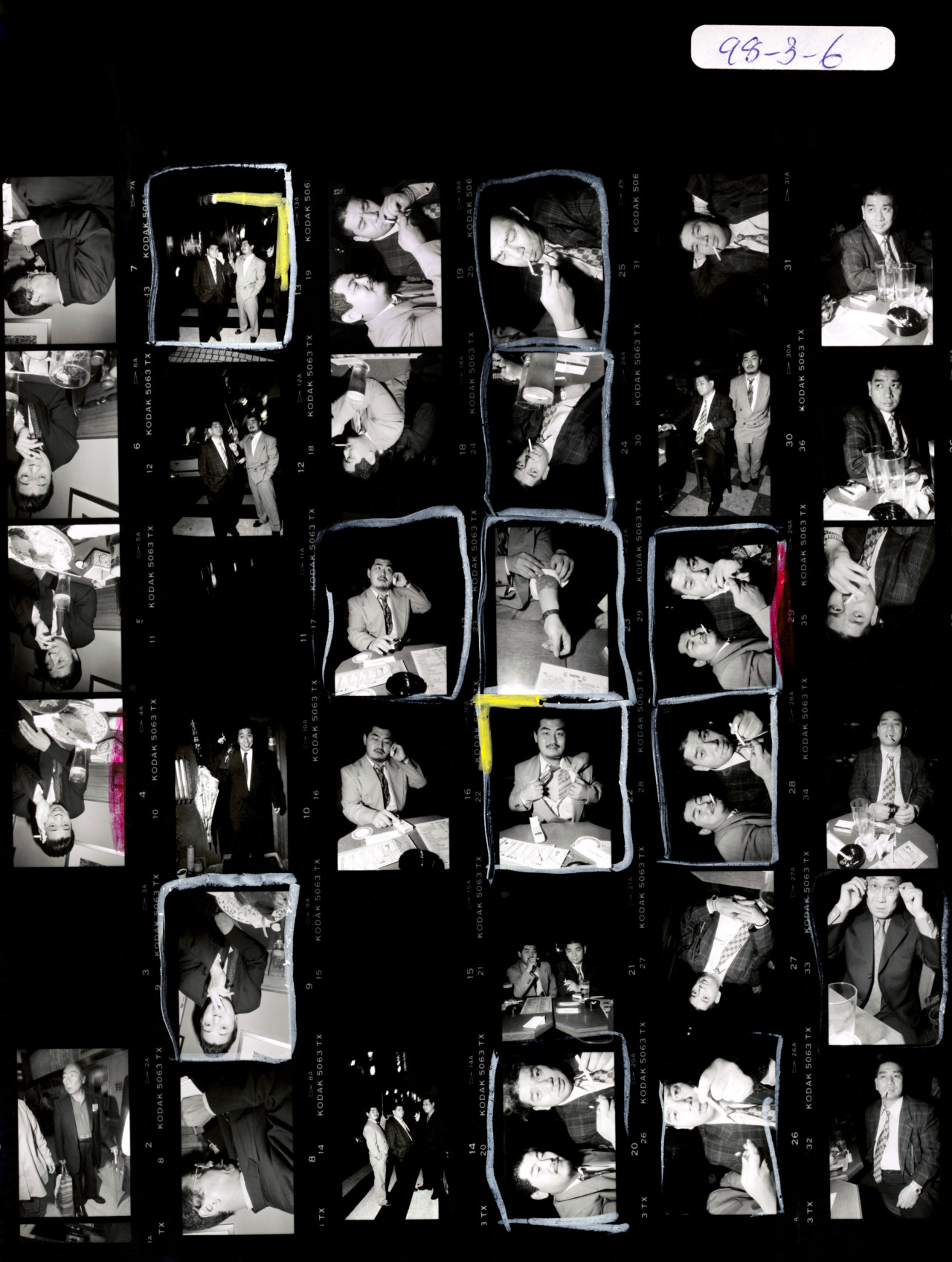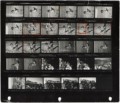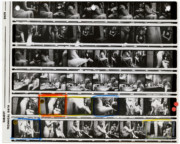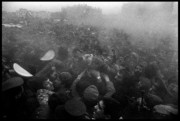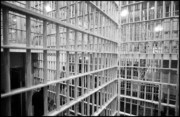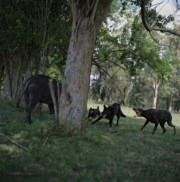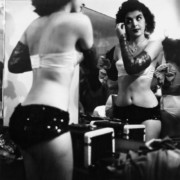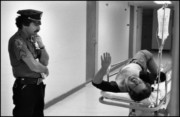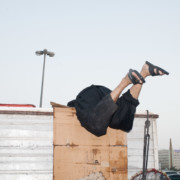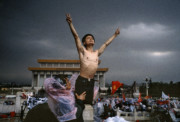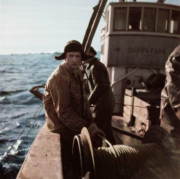Old and New: Working With and Responding to the Photographic Archive
Magnum’s cultural director Sophie Wright on how the vast archive is re-contextualised for contemporary audiences, and provides a continuing source of inspiration for current photographers
Magnum Photographers
Magnum’s 70th anniversary in 2017 provided those of us within the agency thinking about its creative direction with an opportunity to better define and explore, through our programming, its distinguishing features and strengths in the broader context of contemporary visual culture.
Our membership is comprised of distinct creative individuals who have all achieved a degree of autonomous success prior to joining Magnum Photos. What we provide is context and community: over 70 years of photographic history, an archive rich in content from the 20th century; self-selecting peers with diverse approaches to documentary photography, who can challenge each other creatively.
The Magnum Archive
When I first joined Magnum in 2003 the physical archive with its shelves of boxed prints and complex taxonomy was still on display and available to research in the body of the London office. Not long after this our archives were taken out of service: in New York, donated by Michael Dell to The Ransom Centre at the University of Texas, Austin; in Paris and London, deconstructed with silver gelatin and resin prints separated by photographer and placed in storage, their architecture lost.
Fifteen years later the handling of physical prints has become a more specialised activity, associated primarily with curators, museum collections, exhibitions and print sales rather than the process of picture research or distribution. And yet, conversely, as the industry has embraced digital technology, so interest in the print as an object for exhibition or collection has risen in the art market. Physical archives, with their distinct and complex identities, have become not just the subject of research, but a source of inspiration for–or a component part of–contemporary art.
"We open up the creative processes and collaborative chemistry involved in the producing and/or editing of work"
- Sophie Wright
Magnum Photographers and Archives
Within Magnum a number of photographers include archival, contextual or found materials in their working process. Susan Meiselas, who had studied anthropology, and is a practitioner committed to giving voice to her subjects, has always gathered contextual material around her projects. Audio, correspondence or found imagery are often presented alongside her own photographs in her books and exhibitions. Her thoughtful, long-form approach to representation, that seeks to broaden out from the particular viewpoint of her photographs, is beautifully encapsulated in books such as In History or by her current touring retrospective, Susan Meiselas: Mediations.
Mikhael Subotzky, part of Magnum’s younger generation, has a practice that has led him on a journey which strays far from the agency’s early journalistic origins, in which he questions the veracity of the photographic image. In his most recent series “Yellow Bile (or Work in Progress)” Subotzky has attacked or manipulated his own or found images in multi-media works, deconstructing the photograph to question the process of representation and his own photographic approach.
Magnum nominee Cristina de Middel’s playful and conceptual approach to documentary has led her to look for the holes in contemporary visual culture and to try to picture the undocumented. In ‘Jan Mayen’ for example, de Middel recreated an actual event. She restaged an unsuccessful research trip to the North Pole which is referenced in the Archive of Modern Conflict, a large and diverse private collection of photography based in London, but the film they created, landing on the beach in Iceland was not documented. Middel generated this in her work, combining the real archive with an invented one that filled the holes.
Demystifying Archives and Editing
In parallel to these individual explorations, Magnum’s Cultural department has long devised group projects that work with the breadth of Magnum’s archive around a particular theme, location or an element which represents our photographers’ practices. Published in 2011 Magnum Contacts (Thames & Hudson) explores one aspect of the physical archive, the contact sheet, at a time when the analogue process had been almost completely supplanted by the digital in the making of new work. Marking this sea change, the book and exhibition provided insight into the art of editing. The colophon markings and complex composition of the contact sheets encapsulate the history of each photographer’s thought process, while at the same time being presented as beautiful objects in their own right.
"The colophon markings and complex composition of the contact sheets encapsulate the history of each photographer’s thought process"
- Sophie Wright
The editing process is also being explored through a new Live Lab project, currently under development, which will explore the language of pictures. In the space of a few days long-term collaborators Mark Power and book publisher Stuart Smith will work to produce a narrative through Power’s archive of pictures, in response to a historical body of work: Henri Cartier-Bresson’s 1968 IBM Commission, Man and Machine. Magnum’s Live Labs represent a new experimental and performative platform for our photographers, through which we open up the creative processes and collaborative chemistry involved in the producing and/or editing of work.
Magnum China, (Thames and Hudson, October 2018) is a more classic use of the archive, which explores the changing nature of our photographers work in China in a chronological sweep from Robert Capa’s first trip there in 1938 to the present day. The Magnum archive, produced as it has been through a mix of personal and commissioned work, could never claim to encapsulate the history of the country. Instead we have sought to incorporate a Chinese perspective on the imagery through the contribution of our co-editor Zheng Ziyu, and to demystify the work of our photographers, telling the story of how and why the work was made – reproducing travel documents, notebooks and tear sheets alongside the photographs.
"Magnum China, (Thames and Hudson, October 2018) is a more classic use of the archive, which explores the changing nature of our photographers work in China in a chronological sweep from Robert Capa’s first trip there in 1938 to the present day."
- Sophie Wright
Contemporary Production with the Archive
As our contemporary curatorial practice at Magnum seeks to open up and explore photographic storytelling through contemporary production and the archive, this is reflected also in our programming at Magnum’s two spaces in Paris and London, as well as in our presentation at art fairs. Early Magnum distribution prints from the archive, with their patina of age, different papers and backs covered in notations and stamps, remain fascinating historical objects and highly collectible.
In Magnum’s London Print Room, the architecture of the space lends itself to juxtapositions of early and contemporary work and several historical shows have displayed old and new together. In The City Stripped Bare (2010), a sequence of archival Burt Glinn photographs from a police stakeout in New York sat with vintage Leonard Freed, Antoine D’Agata, Patrick Zachmann and Jim Goldberg work in an exploration of the underbelly of the city. North African Stories (2014) presented a sequence of early George Rodger prints from his journey by jeep across the North African desert in 1957 and ‘58 opposite contemporary commissioned works from Marrakech by Mark Power, Abbas, Susan Meiselas, Jim Goldberg and Mikhael Subotzky.
In The Theatre of War (2014), early Robert Capa archive prints from the Spanish Civil War and Second World War, were shown opposite our younger generation of frontline photographers: Moises Saman, Jerome Sessini, Peter Van Agtmael and Tim Hetherington.
This year at PhotoShanghai, to coincide with the launch of Magnum China, we will show signed lifetime prints on China by Marc Riboud alongside new works by Jim Goldberg and Alec Soth and at Paris Photo work by Ernest Cole will sit with Mikhael Subotzky’s. Both the historical and contemporary works benefit from these inter-generational conversations, highlighting as they do cultural shifts and changes in ways of seeing or presenting work as well as the enduring quality of good photography.
Finally, developing this one step further we are supporting the production of new work in response to the old. At PhotoLondon this year we invited the artist Daria Birang, a collaborator with a number of our photographers on books and exhibitions, to collage works by Leonard Freed. Pulling together images from Black and White in America and Police Work her intelligent hand-worked artworks collided these two subjects in a fresh way, while remaining true to Freed’s original viewpoint, and at a time when the issues of race and power in America remain no less urgent.
This Autumn we begin work on an exploration of our African archive, with a curation of our historical content by Mark Sealy, Director of Autograph, providing inspiration for new work by young African practitioners and younger generation Magnum photographers, who will work together in an exciting experimental dialogue that will continue our process of rethinking and representing the Magnum archive.
Magnum’s longevity as well as its rich archive and its membership’s diverse approaches to documentary photography make it an endlessly fascinating source for curatorial exploration. It remains a microcosm of the shifting photographic landscape and our programming seeks to bring out its distinguishing features while placing it firmly in the wider conversation about photographic practice. The structure of presentation and means and medium of production all contribute to emphasising the DNA of this unique group, spanning over 70 years of photographic history.


